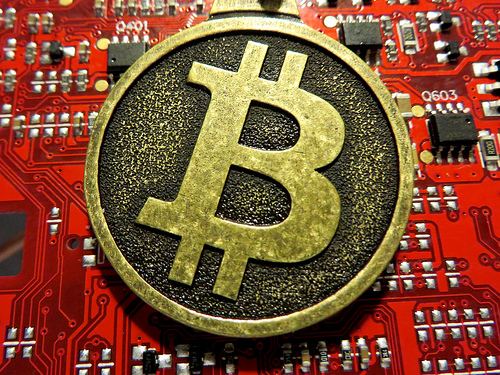 Author: Gabriel Grego, Zanshin Capital
Author: Gabriel Grego, Zanshin Capital
Covestor model: Buffettian Value
Volatility is back. Even if we are not exactly at the panic levels that were repeatedly experienced last summer, the equity markets have nonetheless corrected significantly from the previous top at the end of the first quarter.
It seems to be the same story for the third year in a row: optimism during the first part of the year, followed by fear, uncertainty and falling prices later on. This cycle has been predictable to the point of being boring and, frankly, it no longer scares as many as it used to, least of all your investment manager at Zanshin Capital.
The macroeconomic situation is less than rosy, but it could be much worse. I will avoid delving deep into the subject because, except for some minor variations, the picture is not materially different from when I issued our annual letter – where I tackled the issue more in detail.
Europe is suffering from a combination of adverse structural threats (e.g. aging population, stagnating productivity, inflexible labor markets), a one-size-fits-all currency ill-suited for countries with wildly differing economic profiles and, more importantly, a seriously flawed decision-making mechanism to determine EU-wide economic policies.
Immediate problems in Europe (e.g. Greece, Spain), could be easily solvable if the EU could take decisive action (e.g. the establishment of a banking union or the issuing of so-called Eurobonds). This has so far proven hard, given existing conflicts of interest inherent in member countries and the absence of a central authority with executive powers.
Forecasting the future is a futile exercise, but past behavior seems to suggest that EU politicians will eventually take action when approaching serious trouble (e.g. after an adverse Greek election or skyrocketing yields in southern Europe).
The US is slowing down a bit. There could be a number of factors behind this, but the consensus seems to believe that the chances of an upcoming recession are remote.
On a more pleasant note, the real estate sector is showing welcome signs of life again and the corresponding increase in economic activity might well bring about the sustained recovery everybody has been waiting for.
Asia has likewise slowed down to some extent, but we’d still be happy growing at a fraction of their current rate.
Stocks are cheap. That does not mean they may not get cheaper, but current P/E ratio for the Dow is around 12 at the moment and that equals an “earnings yield” exceeding 8%.
The latter metric is particularly attractive if compared with the current yield on AAA corporate bonds at 3.6%. That means that the spread between stocks earnings yield and bond yields is currently at an all-time-high of 4.7% (for the sake of comparison, in 2007 the spread was close to 0%).
Mean reversion (and common sense) assure that, in time, that spread will return to historical levels. For this to take place, either stock prices increase massively or bond prices drop (or most likely a combination of the two).
The expected magnitude of that movement is significant and this makes an extremely strong case for holding stocks (and a dismal one for long term bonds).
We keep doing what we do best: focusing on acquiring great businesses at bargain prices. The latest correction and volatility gave us, one more time, a good opportunity to do just that rather easily.
We were worried back in March, after the rally of late 2011/early 2012, that we would not have been able to invest new money effectively since bargains on the market were becoming scarce. In fact, our job became significantly easier as the macro expectations soured and valuations became interesting again.
While expectations change wildly, our portfolio companies, for the most part, keep making steady gains in earnings and competitive position and both will eventually reflect on equity prices. At the moment, we made great new investments mostly in energy, financials, and healthcare companies.
We have frequently stated our rational for choosing those sectors lately so I will not repeat myself here. On an important note some latest buys were actually European multinational companies, which are unlikely to suffer more than their US peers from EU trouble (since they all sell globally), but got unjustly punished by the markets for trading on an exchange at the wrong side of the Atlantic.
Value investing is a simple (if difficult) game. Much of this game is in thinking beyond consensus and looking with curiosity and, sometimes, even greed at falling prices, while keeping skepticism during market euphoria. We are once again in the midst of the first hand of the cycle. The second hand will follow.


